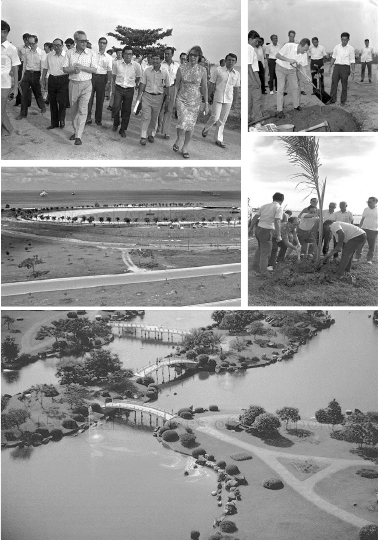Green Heritage: Conserving Urban Greening as Singapore’s National Heritage
AUTHORS
Maxime Decaudin, Tan Chun Liang
PUBLISHER
Heritage Research Grant, National Heritage Board

The recent listing of the Padang as a National Monument and its nomination as a potential World Heritage Site offer the opportunity to reconsider the heritage significance of urban green spaces across Singapore. While urban greening played a major role in the construction of Singapore, both as a city and as a nation, it is not yet recognized and conserved as an integral part of its national heritage, in the same way as, for instance, military sites or colonial buildings are today. How can urban greening, as a situated set of knowledge, social practices, and specific places in the city, be fully considered as national heritage? What kind of new knowledge is to be derived from a heritage reading of the history of urban greening? What kind of theoretical tools, historical narratives, and landscape analysis are needed to support a holistic understanding and conservation of urban greening as national heritage?
The main goal of this research is to produce a new understanding of the unique history of Singapore’s urban greening as a form of heritage. Green heritage is understood as both a tangible heritage composed of specific green open spaces in the city, with their vegetation, environmental conditions, and materiality; as well as intangible heritage made of social practices, the socio-cultural meanings associated with planting and green spaces, especially lawns, and the situated forms of knowledge required to produce them. As an interdisciplinary team of researchers from multiple institutions with expertise in environmental history, landscape architecture, and urban greening, we approached Singapore’s green heritage through historical, spatial, and qualitative methodologies. Avoiding a generic approach to heritage, one of the objectives is to characterize and carefully contextualize Singapore’s green heritage to establish its uniqueness foregrounding its significance within the global context. The findings are intended to help make informed decisions about how and why certain green open spaces in Singapore should be considered as green heritage and even national monuments.